
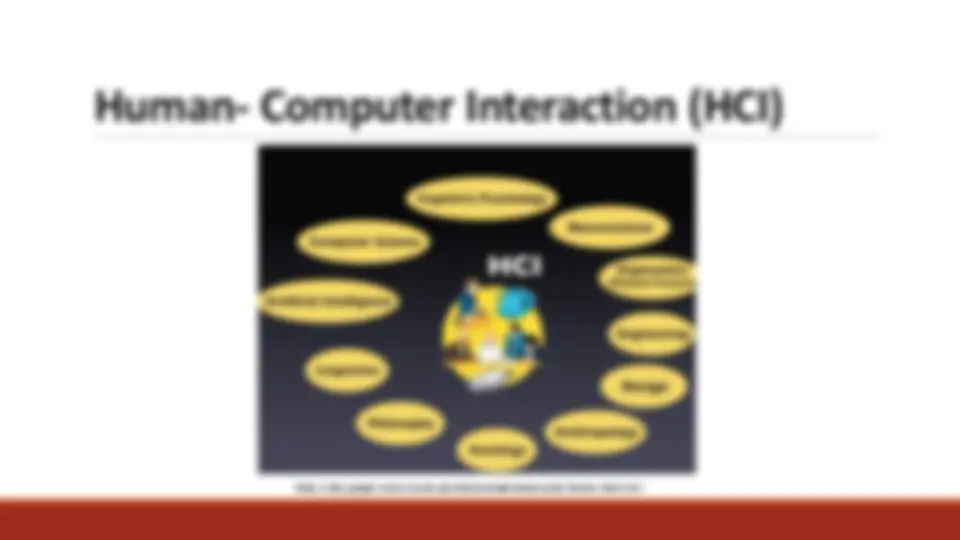
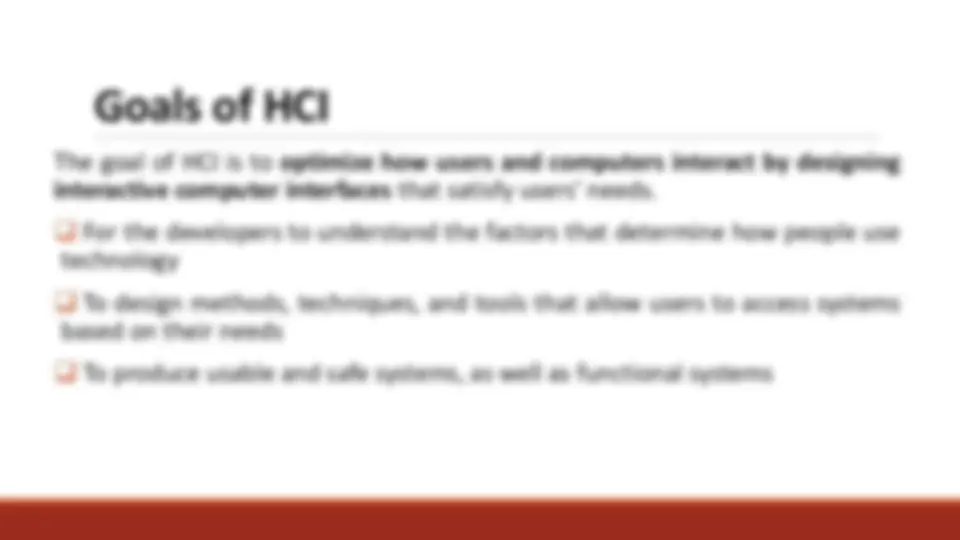
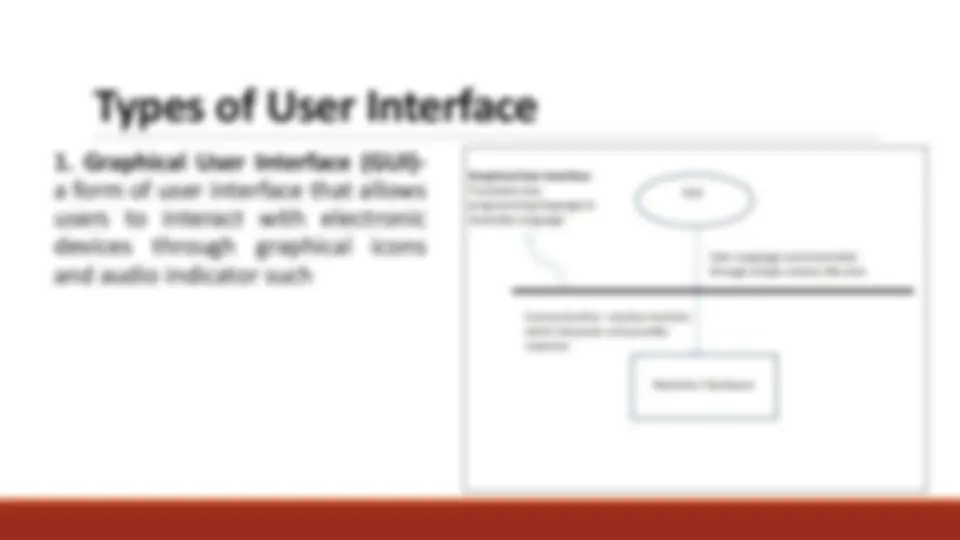
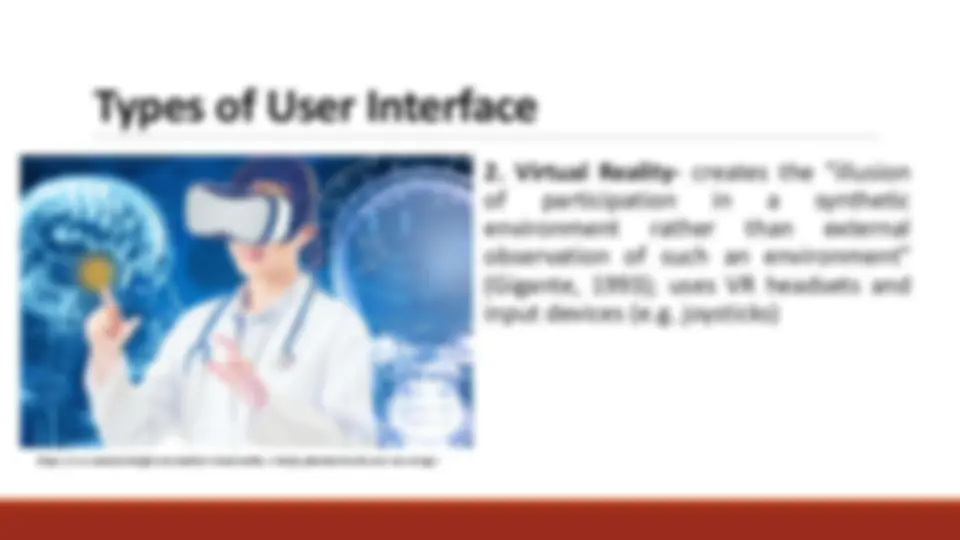
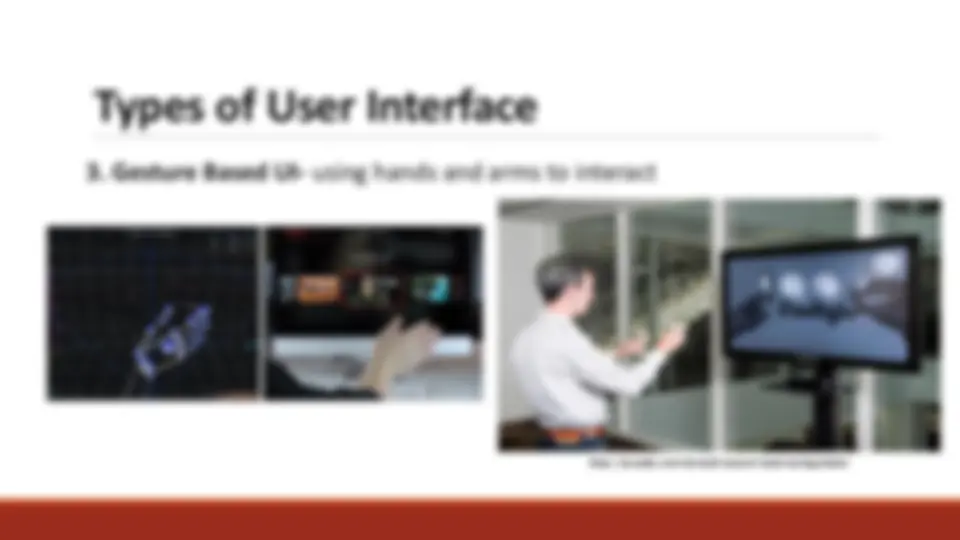
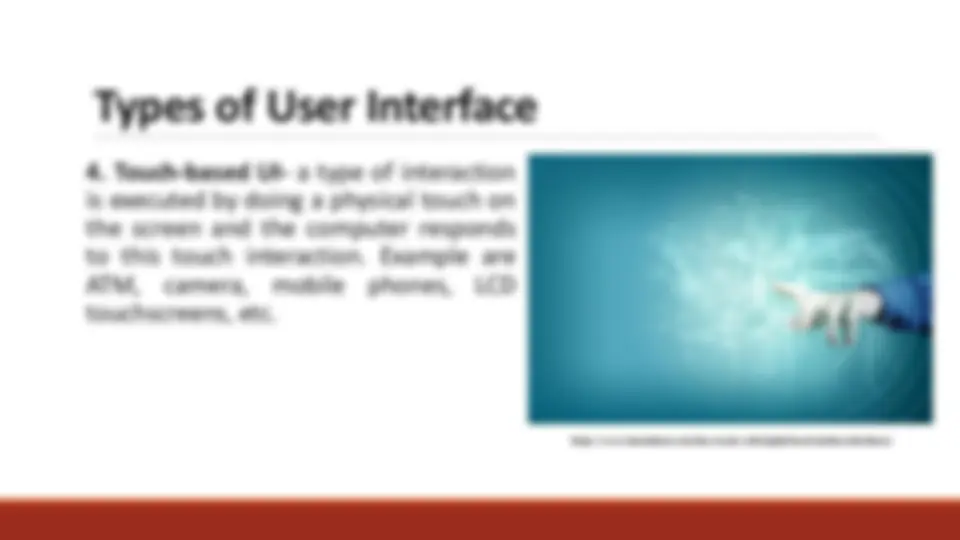


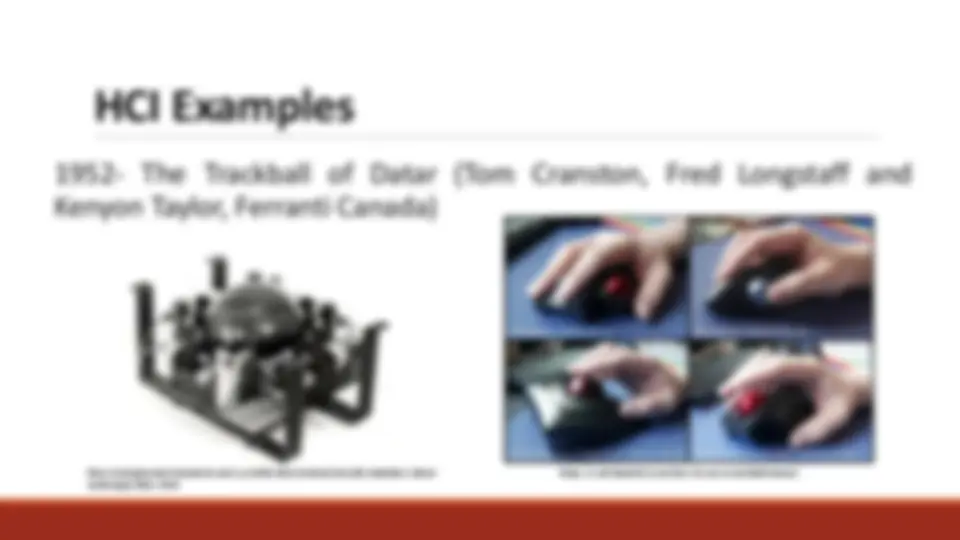
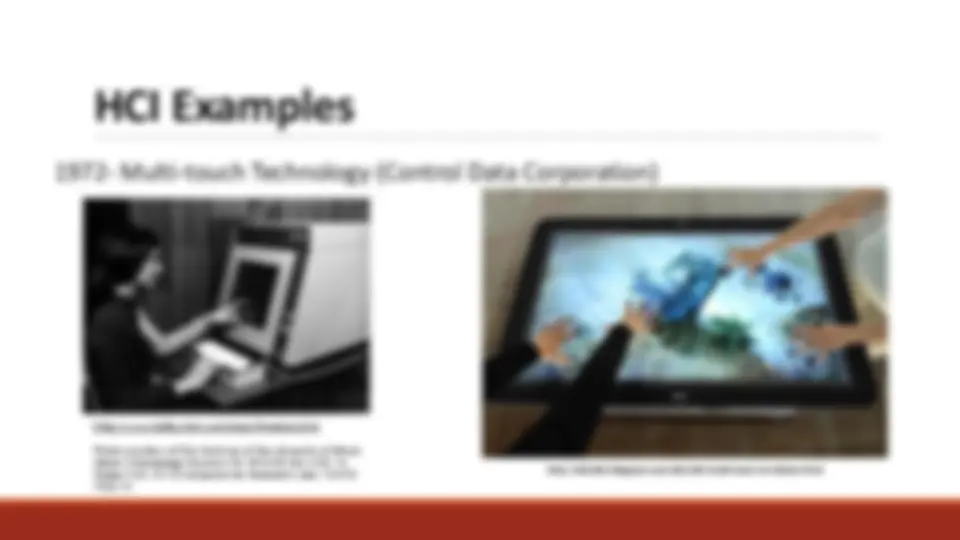
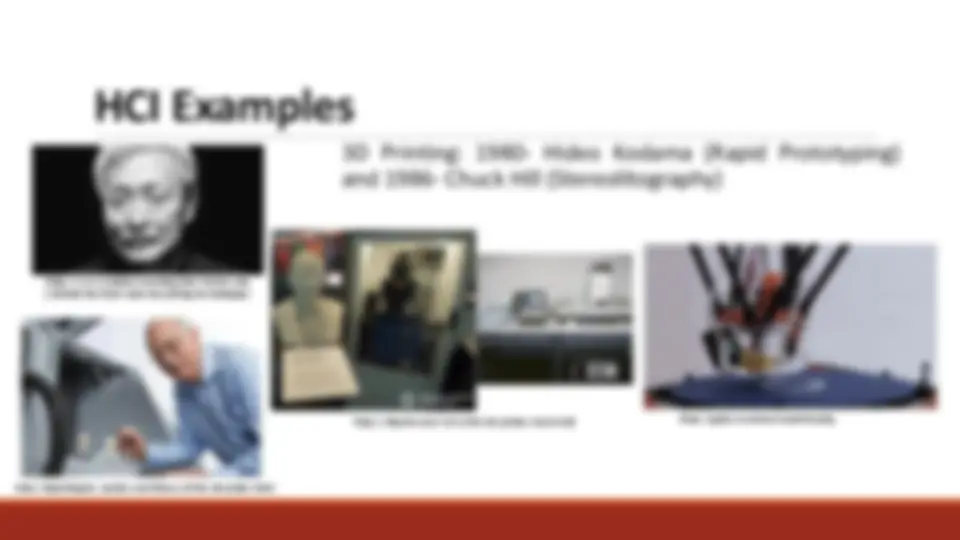
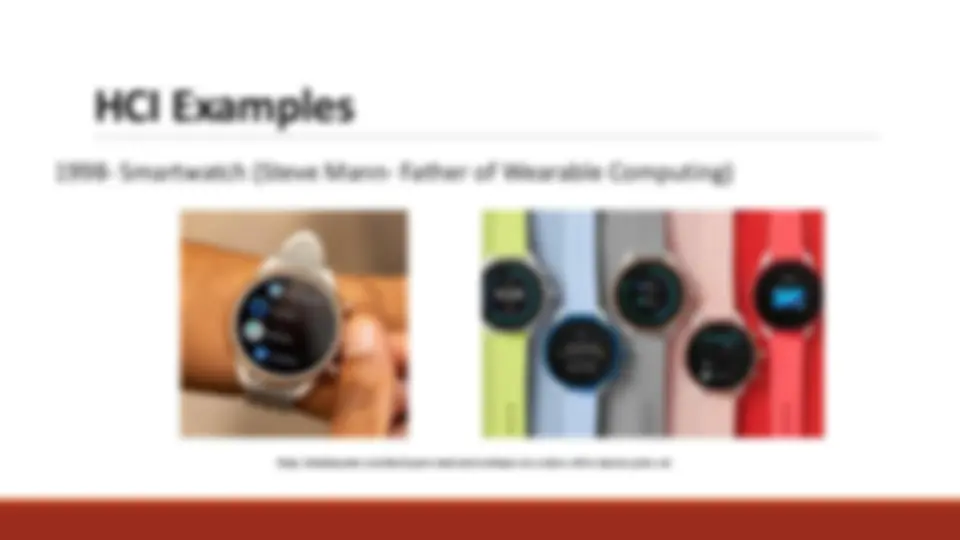
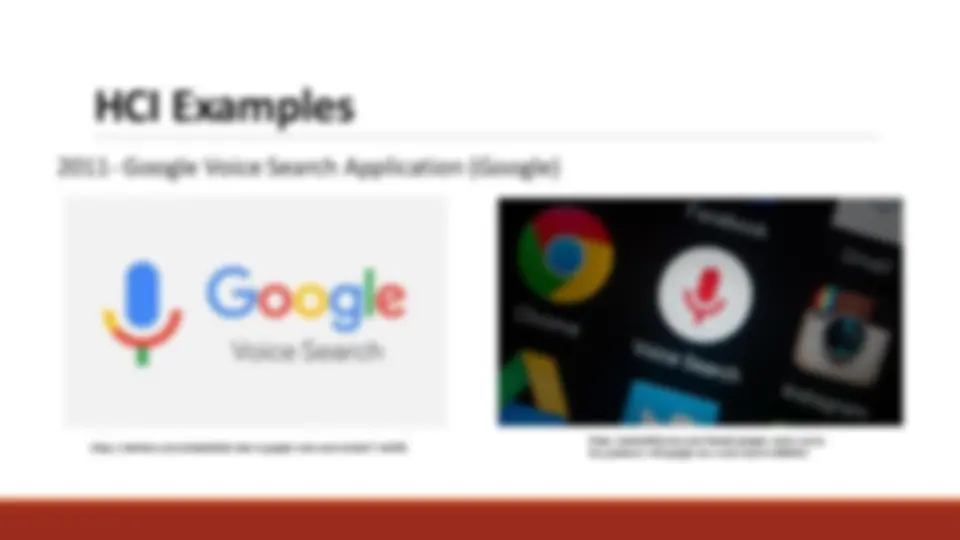

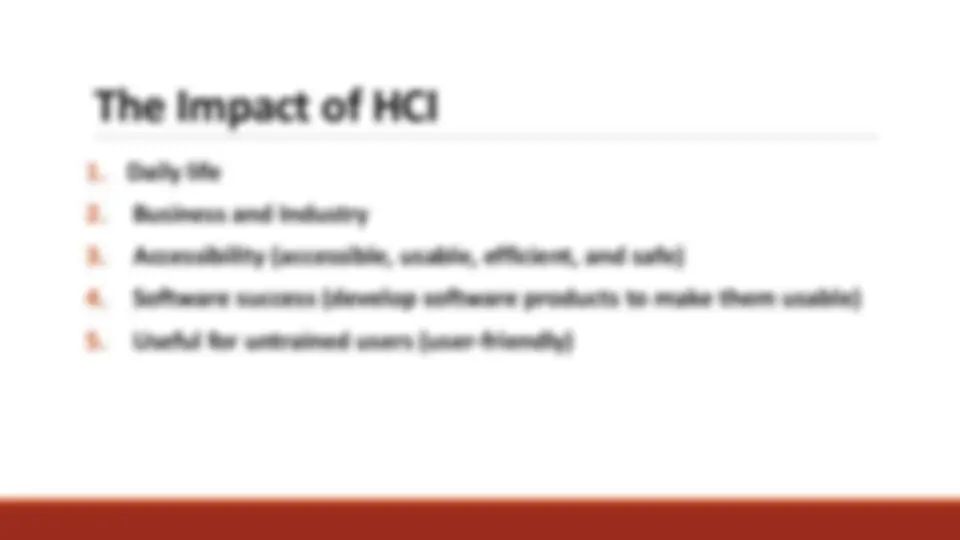


Study with the several resources on Docsity

Earn points by helping other students or get them with a premium plan


Prepare for your exams
Study with the several resources on Docsity

Earn points to download
Earn points by helping other students or get them with a premium plan
Community
Ask the community for help and clear up your study doubts
Discover the best universities in your country according to Docsity users
Free resources
Download our free guides on studying techniques, anxiety management strategies, and thesis advice from Docsity tutors
"Living in the Modern Era" explores the various facets of contemporary life in the 21st century. This comprehensive guide delves into the challenges and opportunities presented by our fast-paced, technology-driven world. Topics covered include digital transformation, globalization, cultural shifts, work-life balance, technological advancements, sustainability, and the impact of these changes on society, relationships, and personal well-being. Readers will gain insights into navigating the complexities of modern life while striving for a harmonious and fulfilling existence in this era of rapid change.
Typology: Slides
1 / 23

This page cannot be seen from the preview
Don't miss anything!
















LITE
❑ Human-computer interaction (HCI) is a multidisciplinary field of study focusing on the design of computer technology and in particular, the interaction between humans (the users) and computers. ❑ Researchers in the field of HCI observe the ways in which humans interact with computers and design technologies that let humans interact with computers in novel ways. https://www.digitalinformationworld.com/2020/08/benefits-of-hci-in-your-designs.html
The goal of HCI is to optimize how users and computers interact by designing interactive computer interfaces that satisfy users’ needs. ❑ For the developers to understand the factors that determine how people use technology ❑ To design methods, techniques, and tools that allow users to access systems based on their needs ❑ To produce usable and safe systems, as well as functional systems
1. Graphical User Interface (GUI)- a form of user interface that allows users to interact with electronic devices through graphical icons and audio indicator such
2. Virtual Reality- creates the "illusion of participation in a synthetic environment rather than external observation of such an environment" (Gigante, 1993 ); uses VR headsets and input devices (e.g. joysticks) https://www.analyticsinsight.net/medical-virtual-reality-vr-helps-pharmacists-discover-new-drugs/
4. Touch-based UI- a type of interaction is executed by doing a physical touch on the screen and the computer responds to this touch interaction. Example are ATM, camera, mobile phones, LCD touchscreens, etc. https://www.brsolutions.com/how-to-do-with-digital/touch-button-interface1/
5. Haptics- “touch the virtual”; type of technology that gives you a tactile response. Haptics allow non-responsive surfaces like touchscreens to emulate the feeling of using real objects like buttons and dials. Haptic technology can involve vibrations, motors, and even ultrasound beams to simulate the feeling of touch. https://virtualrealityreporter.com/nanoport-announces-new-haptics-components-gaming/
https://www.bbc.com/news/business- 47460499
https://fineartamerica.com/featured/the-eniac-computer-c1946-granger.html
1967 - The Gaming Joystick (Ralph Baer) https://upload.wikimedia.org/wikipedia/commons/thumb/e/e8/Prototype_Ge mini_Hand_Controller.jpg/800px-Prototype_Gemini_Hand_Controller.jpg https://www.aliexpress.com/item/32737751629.html
1968 - The “Sword of Damocles” for Virtual Reality/ Augmented Reality (Ivan Sutherland) https://www.pinterest.ph/pin/191191946659057300/ (^) https://developer.vive.com/resources/news/8-key-takeaways-developers-virtual-reality-industry-today/
3 D Printing: 1980 - Hideo Kodama (Rapid Prototyping) and 1986 - Chuck Hill (Stereolitography) https://www.sculpteo.com/blog/2017/03/01/who s-behind-the-three-main-3d-printing-technologies/ http://3dprintinginc.weebly.com/history-of-the-3d-printer.html https://3dprint.com/72171/first-3d-printer-chuck-hull/ https://giphy.com/search/prototyping
1998 - Smartwatch (Steve Mann- Father of Wearable Computing) https://dailybayonet.com/fossil-sport-smartwatch-releases-new-colors-with-a-massive-price-cut/